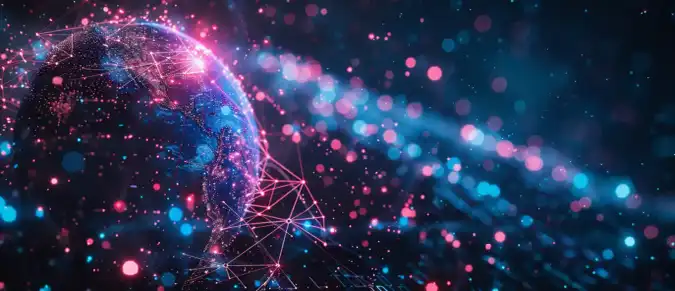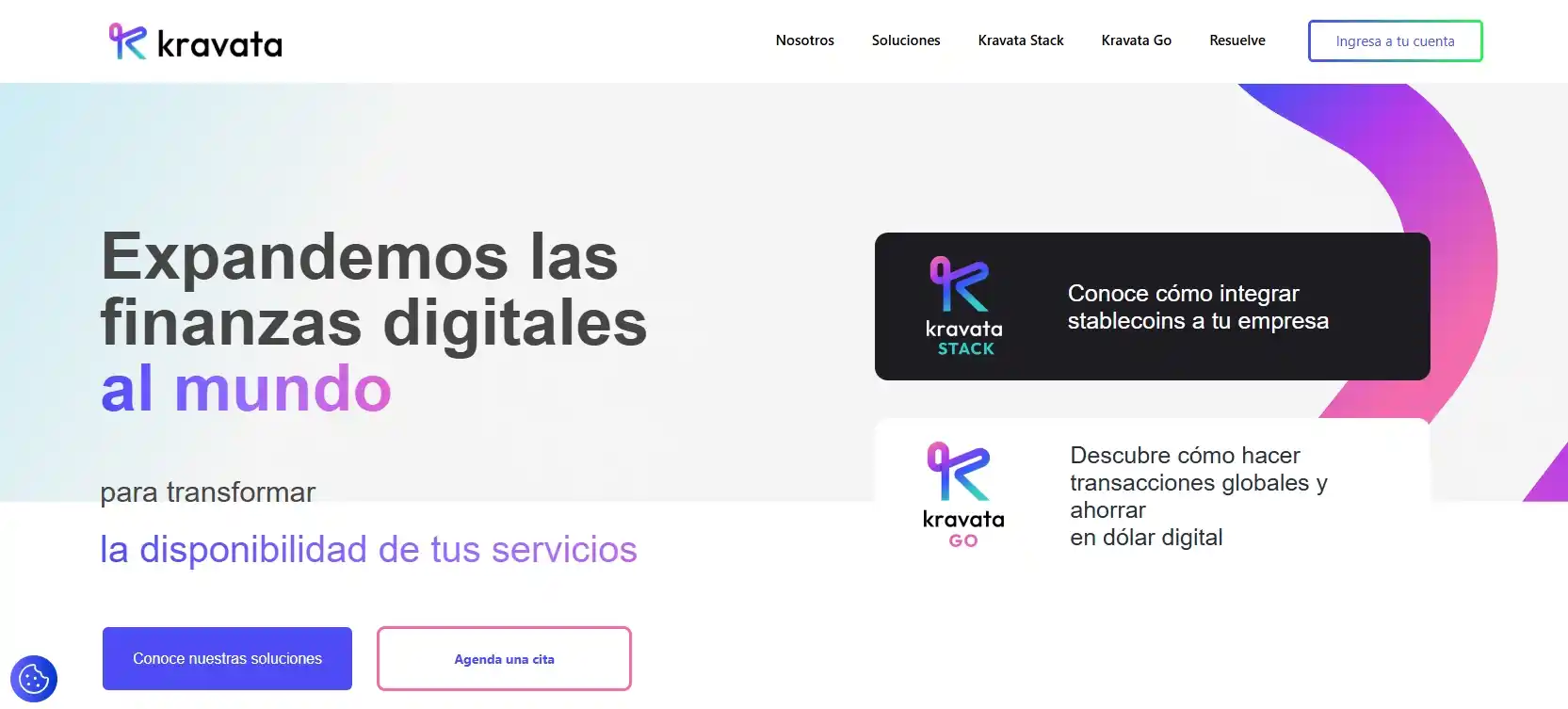In the modern digital world, interest in new forms of ownership and investment is rapidly growing. Traditional assets are gradually giving way to innovative solutions built on advanced technologies. One such promising direction is tokenization, which allows fixing rights to any object in a transparent and secure registry. The Kravata.co project occupies a special place in this niche, offering a unique ecosystem for turning valuable items into liquid digital tokens.
Contents:
- The Philosophy of Kravata: Why Tokenize Assets?
- How the Platform Works: From the Physical to the Digital World
- Benefits for Collectors and Investors
- Technological Foundation: The Role of Blockchain in the Project
- Prospects and Kravata's Development Roadmap
- Conclusion
The Philosophy of Kravata: Why Tokenize Assets?
The idea behind the Kravata project stems from recognizing the key limitations of the traditional market for valuable items. Unique works of art, rare collectibles, or expensive collectible items often suffer from extremely low liquidity, being locked away long-term in private collections. The platform offers an innovative solution to this problem through the process of digital tokenization. Creating a non-fungible token (NFT), which acts as a digital twin of a physical object, turns it into a liquid and easily transferable asset.
Thus, the physical item itself can be securely stored in a specialized vault, while the ownership rights to it, in the form of a token, freely circulate on the market. This approach not only radically simplifies buying and selling procedures but also democratizes access to investing by allowing ownership rights to be divided into fractional shares. As a result, Kravata opens up the previously closed world of exclusive assets to a significantly wider range of investors.
How the Platform Works: From the Physical to the Digital World
Kravata functions as a reliable intermediary, ensuring a seamless transition of a physical object into the digital realm. The process begins with a comprehensive verification of the asset, including its appraisal, valuation, and authentication. After a successful audit, the item is moved to responsible storage in a highly secure facility, guaranteeing its complete safety. This critically important stage creates the physical foundation for subsequent digital representation.
In the next step, the mechanism of blockchain technologies is activated. A unique NFT is created for the asset, which is not merely a digital copy but represents a legally significant certificate of ownership. This token records all ownership rights in a decentralized registry. The platform completes the cycle by providing a built-in marketplace where these digital certificates can be freely bought and sold, offering a full range of services for the client.
Benefits for Collectors and Investors
Using the Kravata ecosystem offers a number of unique benefits that fundamentally change the approach to building an asset portfolio. For collectors, it's a chance to own a share of previously inaccessible rarities, and for investors, it's access to a new, highly promising asset class with improved liquidity. The key advantages of the system are as follows:
- Fractional Ownership: The ability to invest in a portion of a high-value asset, such as a painting by a renowned master or a rare car, significantly lowering the financial entry barrier.
- Guaranteed Authenticity: Each object undergoes a multi-stage verification by specialists, minimizing the risks of counterfeiting and fraud.
- Enhanced Liquidity: Digital shares can be sold quickly and safely on the global market without the complex procedures of physically transferring the item.
- Transaction Transparency: The entire ownership history and all transactions with the token are immutably recorded on the blockchain, ensuring complete traceability of the asset's provenance.
This comprehensive approach not only makes the investment process more accessible but also substantially increases its security compared to traditional methods. The platform effectively solves problems of trust and liquidity, creating an ideal environment for capital growth and collection expansion.
Technological Foundation: The Role of Blockchain in the Project
The foundation of the entire Kravata infrastructure is distributed ledger technology, which provides the platform's key advantages—security, transparency, and decentralization. The blockchain guarantees that the record of ownership rights to a tokenized asset cannot be forged or altered, as every operation with an NFT is recorded as an immutable transaction. This creates a trustless environment where users can be confident in the legitimacy of their investments.
Comparison of Traditional and Tokenized Ownership
| Aspect | Traditional Ownership | Ownership via Kravata |
|---|---|---|
| Proof of Rights | Paper certificate, susceptible to loss or forgery | Digital record on the blockchain, protected cryptographically |
| Liquidity | Low, selling process is time-consuming and requires intermediaries | High, possibility of instant sale of a share on the global market |
| Ownership History | Often incomplete or unverifiable | Complete, transparent, and immutable history of all transactions |
| Trust Level | Depends on the reputation of intermediaries and auction houses | Enabled by technology, eliminating the need for blind trust in third parties |
Thus, the application of advanced technologies does not just optimize processes but radically changes the very paradigm of owning valuables. Blockchain and smart contracts automate key operations, such as distributing income among co-owners, eliminating unnecessary intermediaries and minimizing operational costs.
Prospects and Kravata's Development Roadmap
The scaling potential of the Kravata platform appears virtually limitless. In the future, a wide variety of asset categories could undergo tokenization—from intellectual property objects and real estate to rights to future income. The project team is actively working on expanding functionality and increasing the number of supported value types, aiming to create a universal market for all forms of ownership.
The development roadmap includes strategic integrations with other blockchain ecosystems and Decentralized Finance (DeFi) services. This will open up the possibility of using tokenized assets as collateral for obtaining loans, significantly increasing their capital efficiency. Thus, Kravata strives to finally erase the boundaries between the material and digital worlds, offering futuristic scenarios where the right to any valuable object can be easily transferred or sold anywhere on the planet in a matter of minutes.
Conclusion
Kravata represents a revolutionary approach to ownership and investment, blurring the lines between physical and digital assets. The platform successfully solves the key problems of the traditional market—low liquidity and high entry barriers—by offering an innovative model for tokenizing value. The use of blockchain technology ensures the necessary transparency and security for all operations.
The project opens new horizons for collectors and investors, democratizing access to unique assets. The prospects of integration with DeFi and the expansion of tokenizable value types indicate significant growth potential. Kravata is not just creating a platform but is shaping the future ecosystem for digital ownership, where any valuable object can become an accessible and liquid investment instrument.





